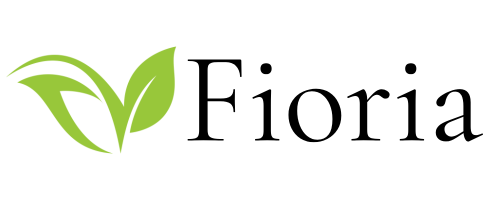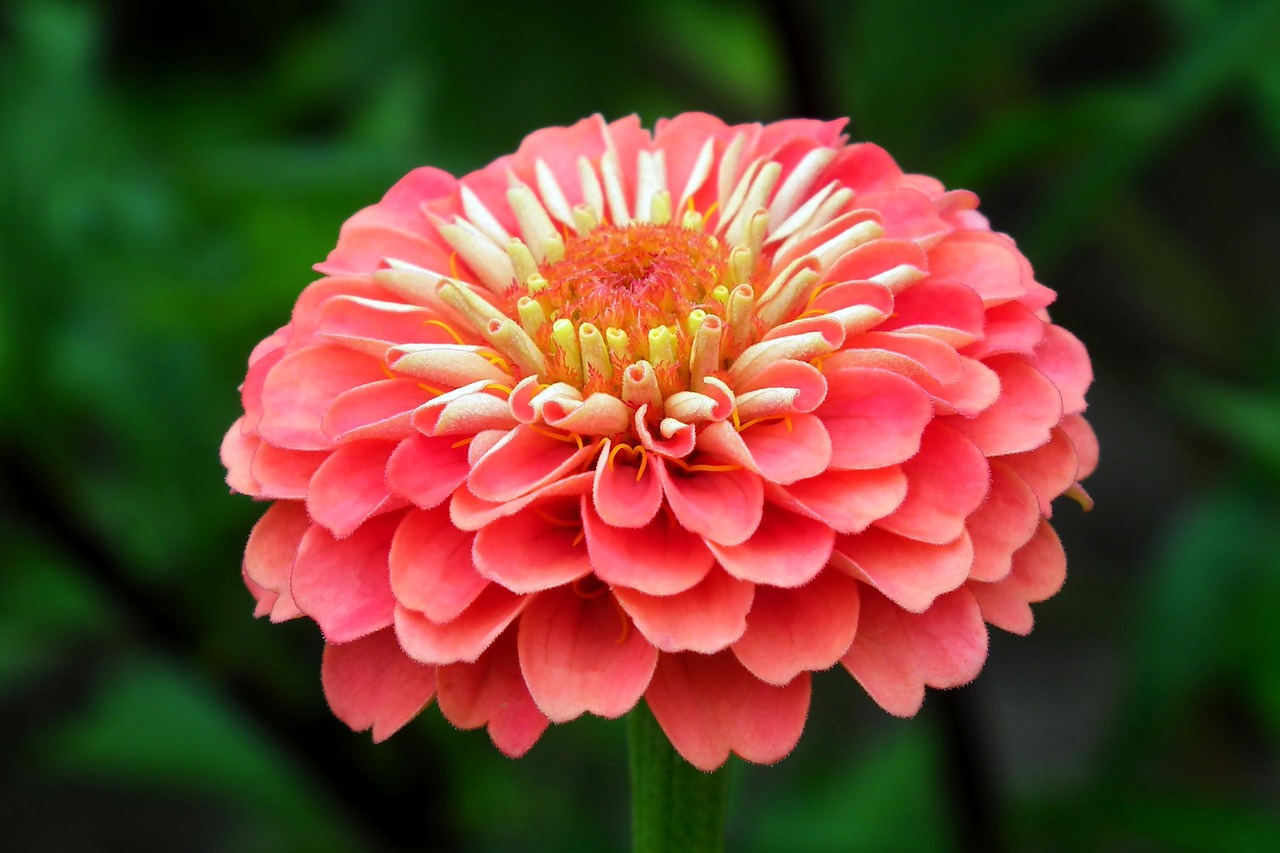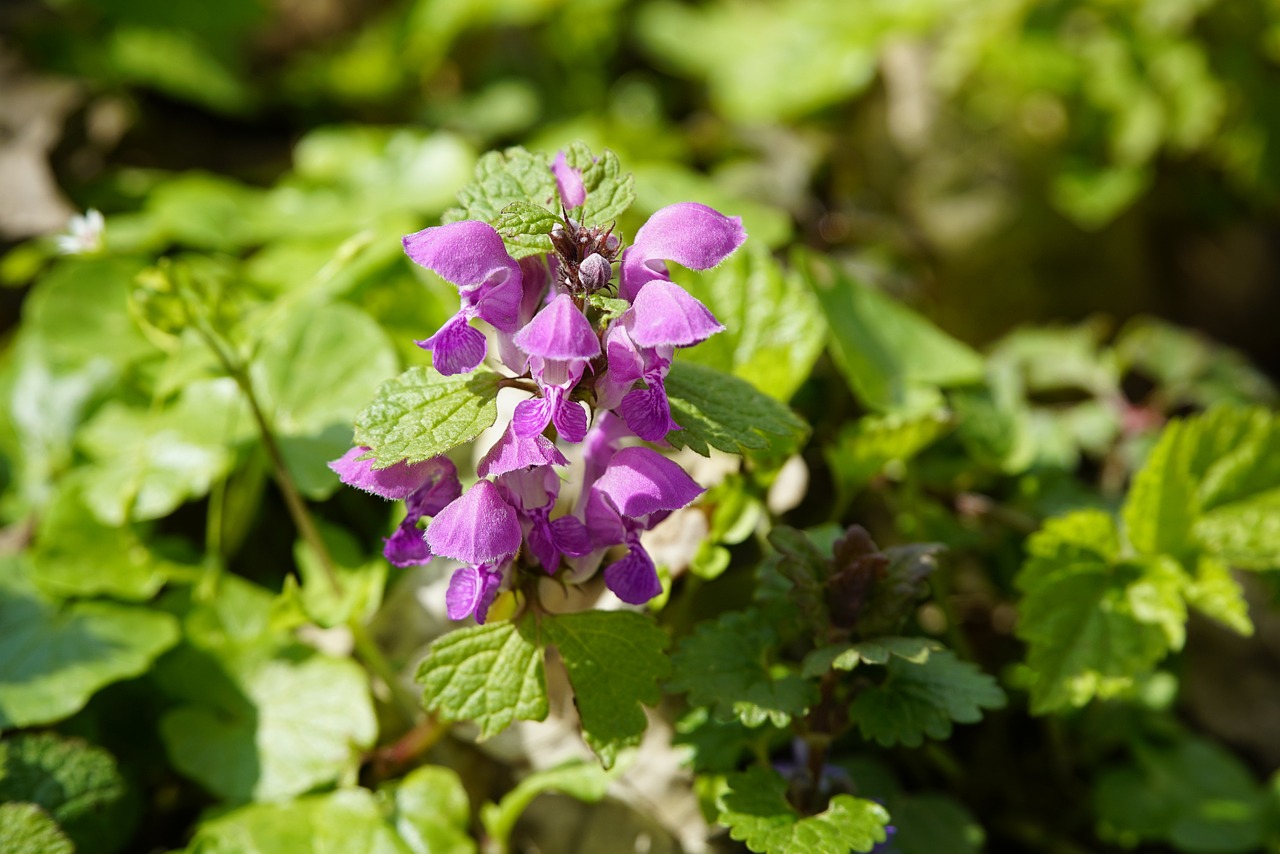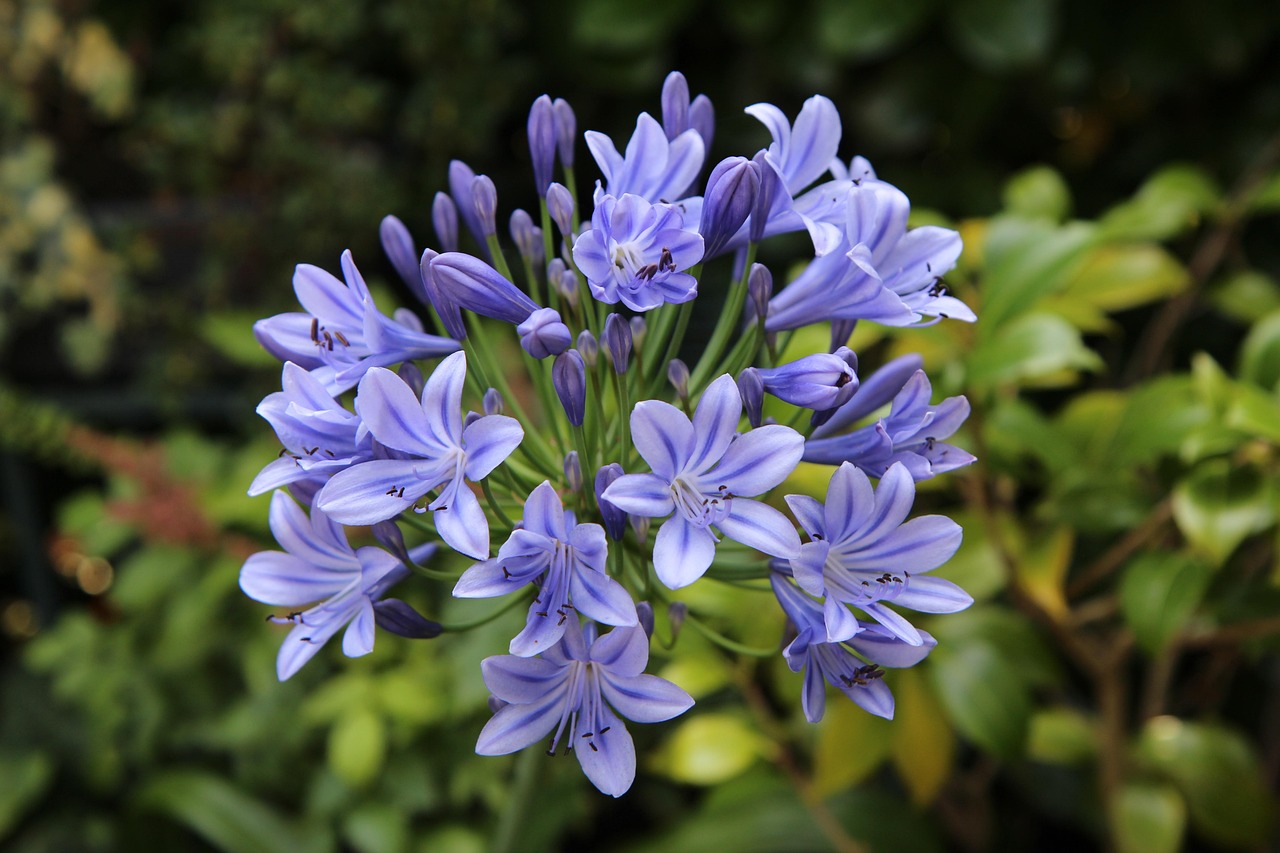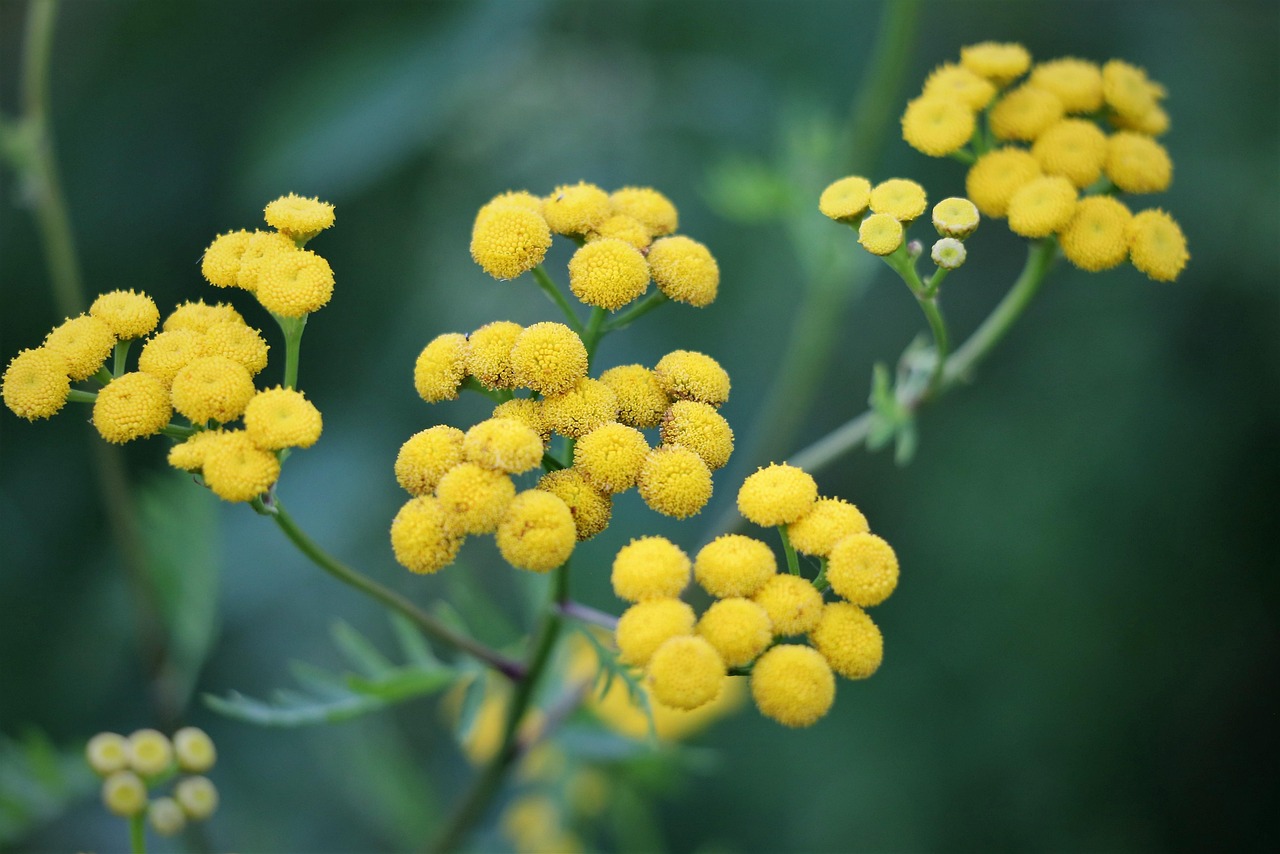Bleeding Heart | The Heart-Shaped Flower Loved by Romantic Poets
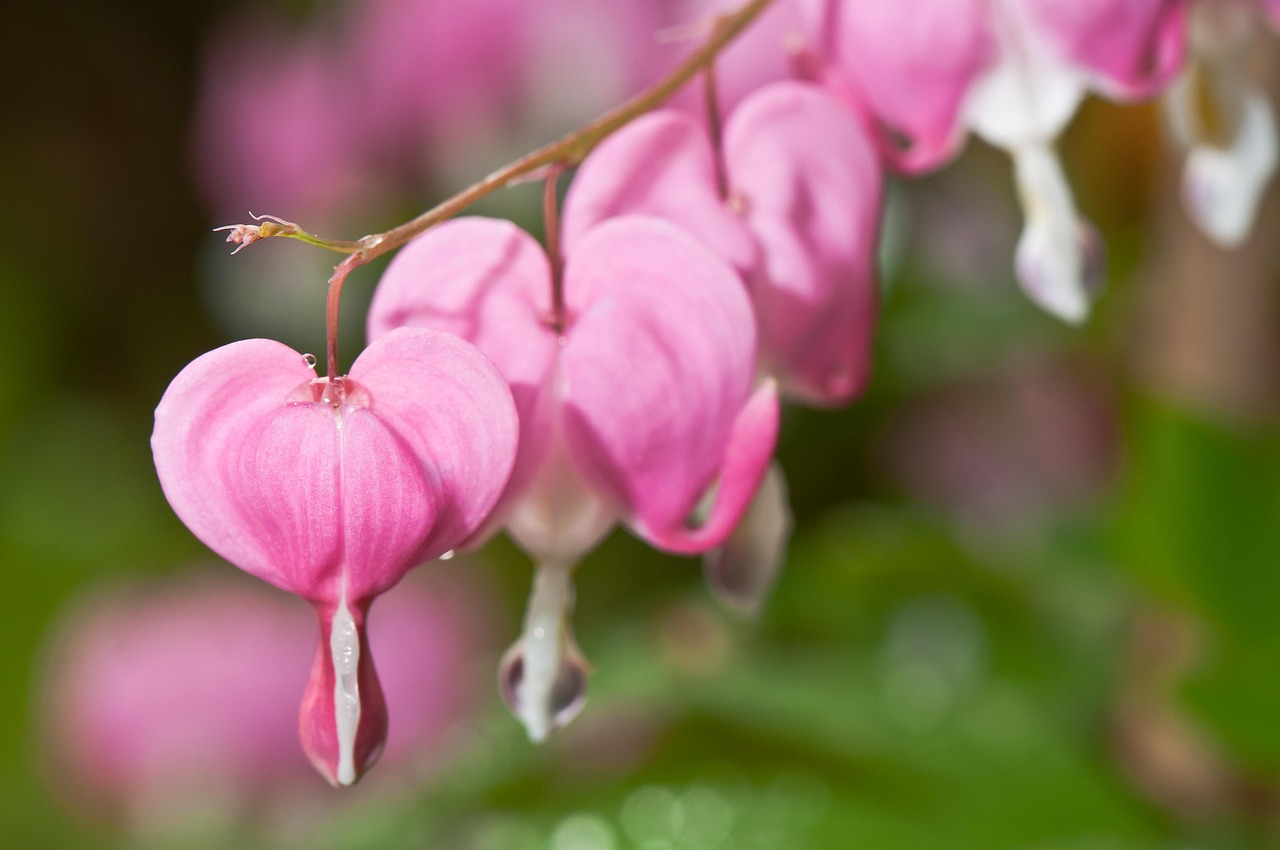
The Bleeding Heart is a perennial plant characterized by its gracefully arching stems adorned with heart-shaped flowers. Because of its charming appearance, it is also widely known by names such as “Bleeding Heart” or “Lady-in-a-Bath.”
In this article, I will introduce the basic information, cultural and historical background, and cultivation tips for the Bleeding Heart.
Basic Information
- Scientific name: Lamprocapnos spectabilis
- Family: Papaveraceae
- Origin: China, the Korean Peninsula, Eastern Siberia
- Appearance: The plant produces red, pink, or white flowers that hang from arching stems, each shaped like a heart with a small pendant at the tip. The foliage is delicate, with a bluish-green hue.
- Blooming season: From spring to early summer
Cultural Significance Around the World
The Bleeding Heart, with its distinctive form and beautiful colors, has been regarded worldwide as a flower rich in symbolic meaning.
In China, it has long been planted in gardens as a symbol of love and sincerity, often appearing in traditional poetry and paintings.
In Europe, when it was introduced in the 19th century, its shape inspired the name “Bleeding Heart.” In the language of flowers, it came to symbolize “unrequited love” or “secret affection,” giving it a romantic image.
In the United States, it has become a popular garden flower, cherished as one of the harbingers of spring.
Historical Background
Before being introduced to Europe in the 18th century, the Bleeding Heart was already widely cultivated in the gardens of China and the Korean Peninsula.
In the early 19th century, British botanists brought it to the West, where it quickly gained popularity as an ornamental plant.
During the Victorian era in England, its distinctive, story-like form made it a favorite in many gardens.
By the late 19th century in France, it was embraced as a romantic flower, often featured in the gardens of the upper classes and used as a motif in art and literature.
Today, it is loved worldwide as an ornamental plant, with numerous cultivated varieties available.
Gardening Advice
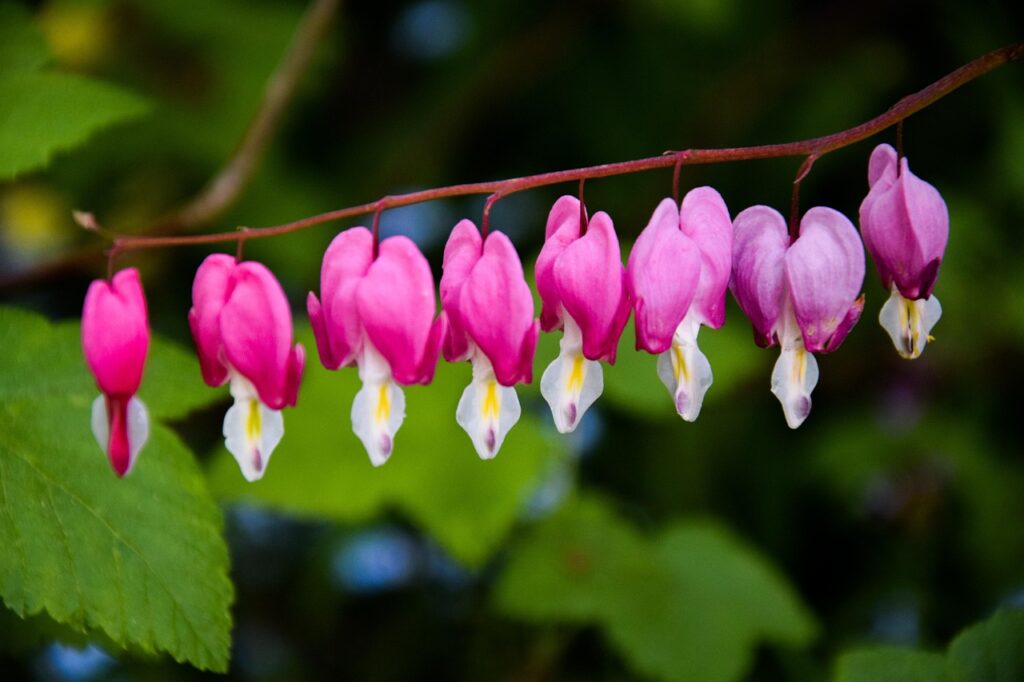
The Bleeding Heart will reward you with beautiful blooms when grown in the right environment.
Sunlight
Prefers partial shade. Strong, direct sunlight may damage the foliage, so a bright, lightly shaded spot is ideal.
Watering
Water when the soil surface becomes dry. Avoid overwatering and ensure good drainage to prevent root rot.
Soil
Use fertile, well-drained soil with good moisture retention. Mixing compost or leaf mold will encourage healthy growth.
Fertilizer
During the growing season, apply a slow-release fertilizer. Avoid over-fertilization and maintain a balanced supply of nutrients.
Hardiness
The plant is relatively hardy and can withstand winter cold. In extremely cold regions, mulching is recommended for protection.
Conclusion
The Bleeding Heart is a perennial plant native to China and the Korean Peninsula, famous for its heart-shaped flowers.
It was introduced to Europe in the 18th century and became widely grown in the Victorian era.
Symbolizing love in China and romantic melancholy in Europe, it has charmed people across cultures.
I encourage you to grow this elegant flower in your garden or in pots, and enjoy its graceful presence in spring.
